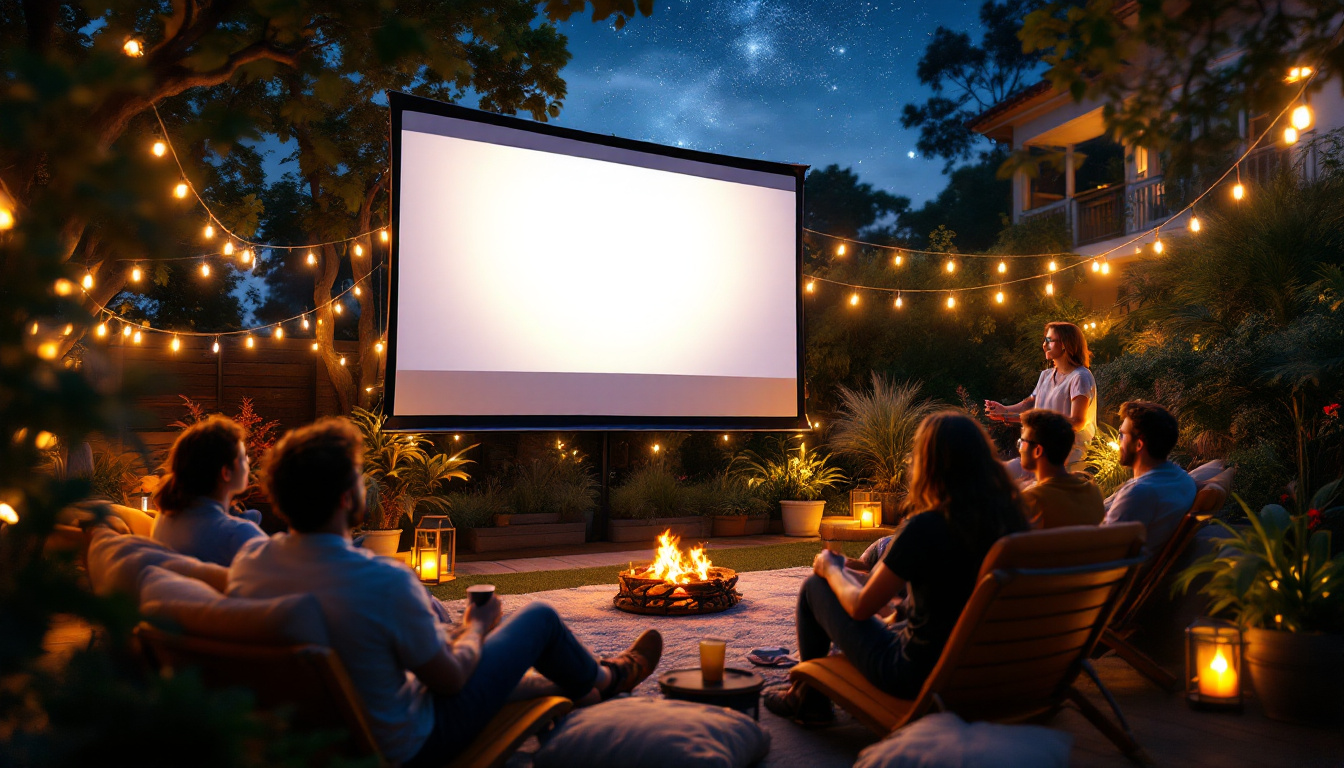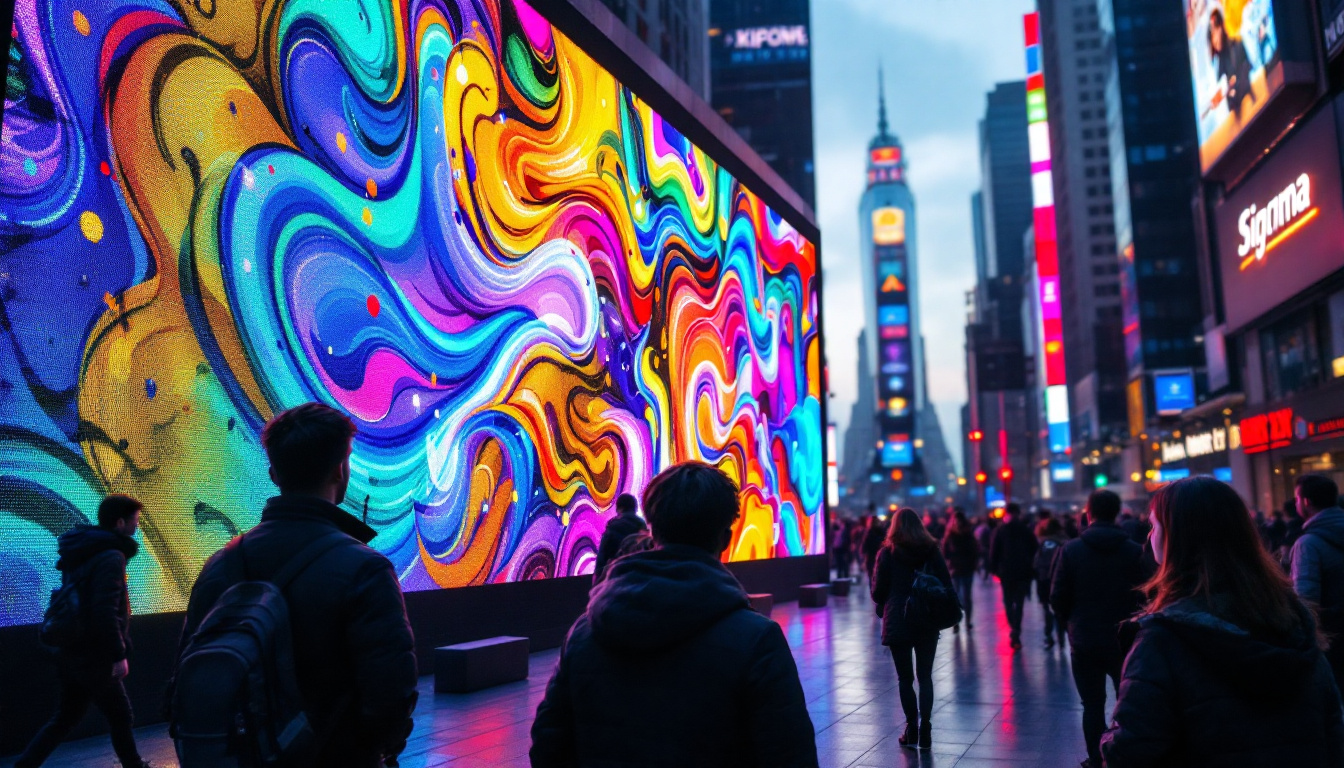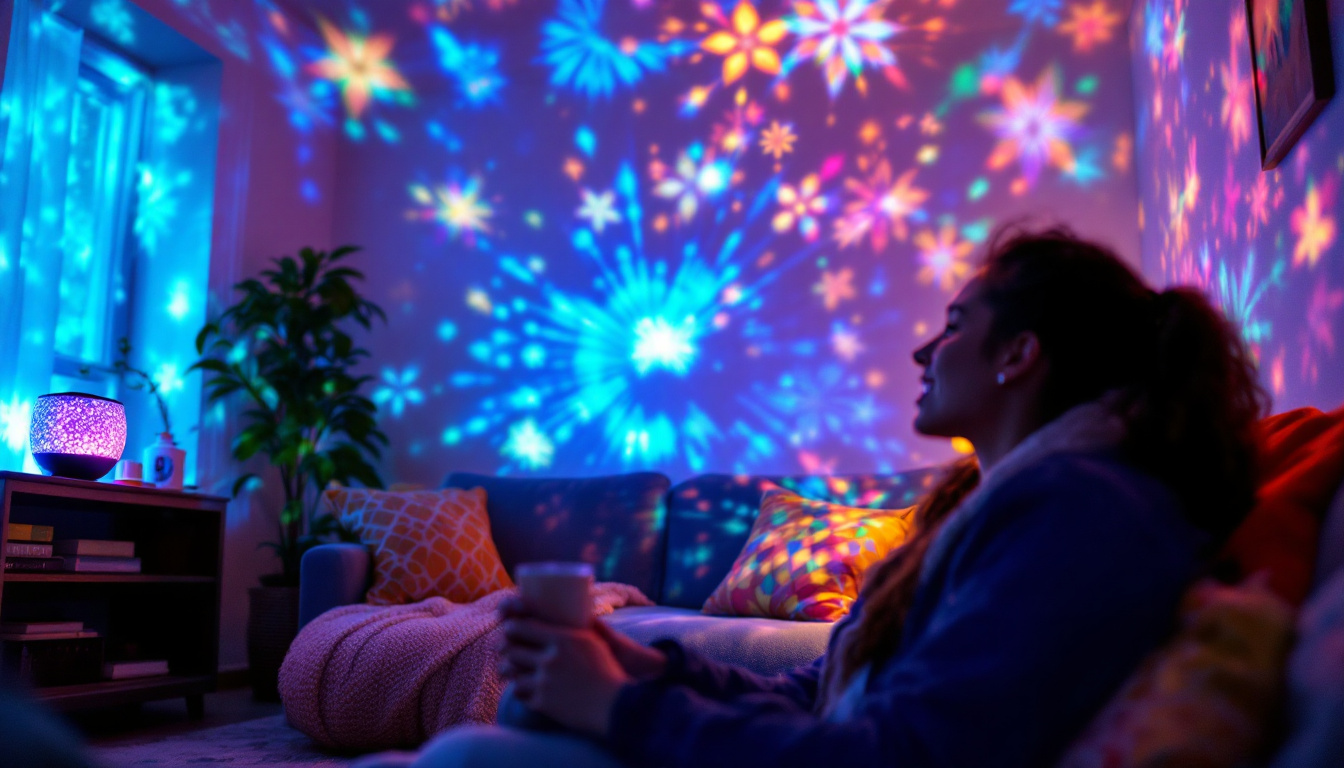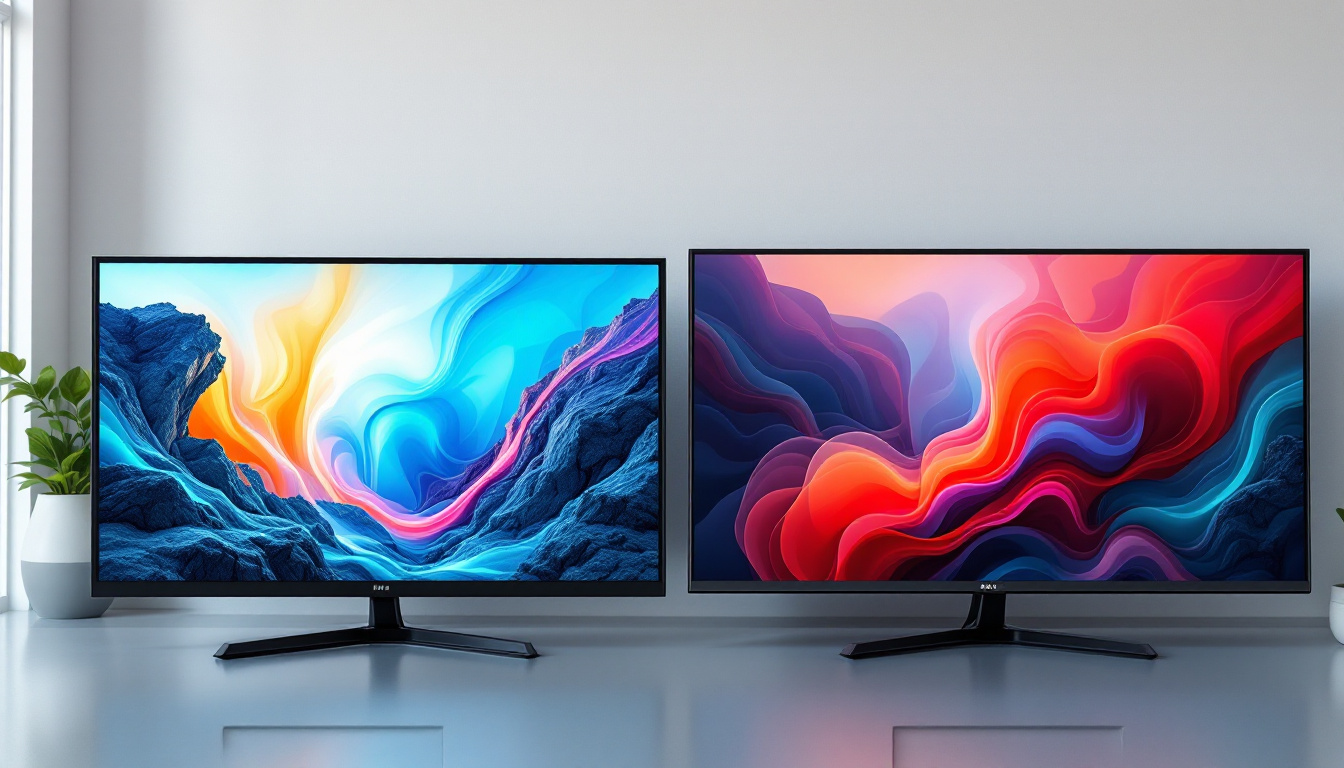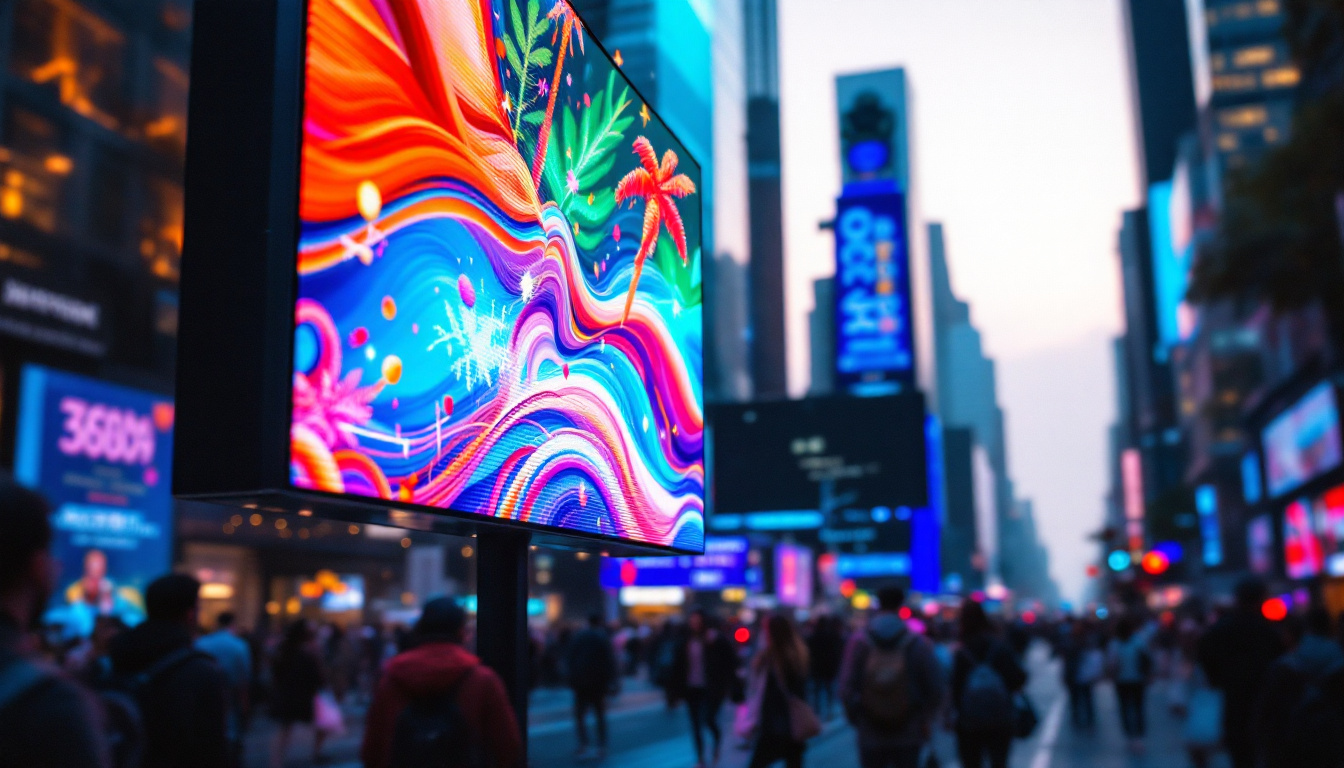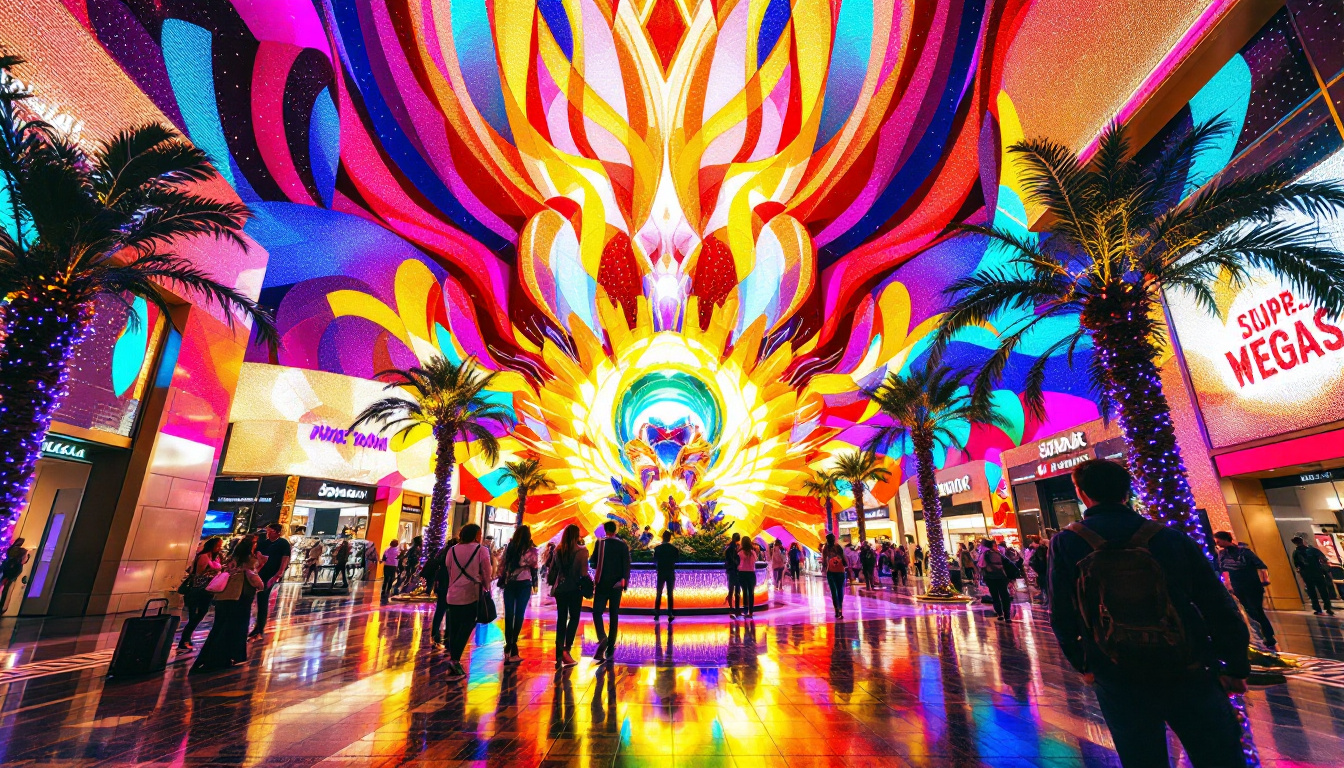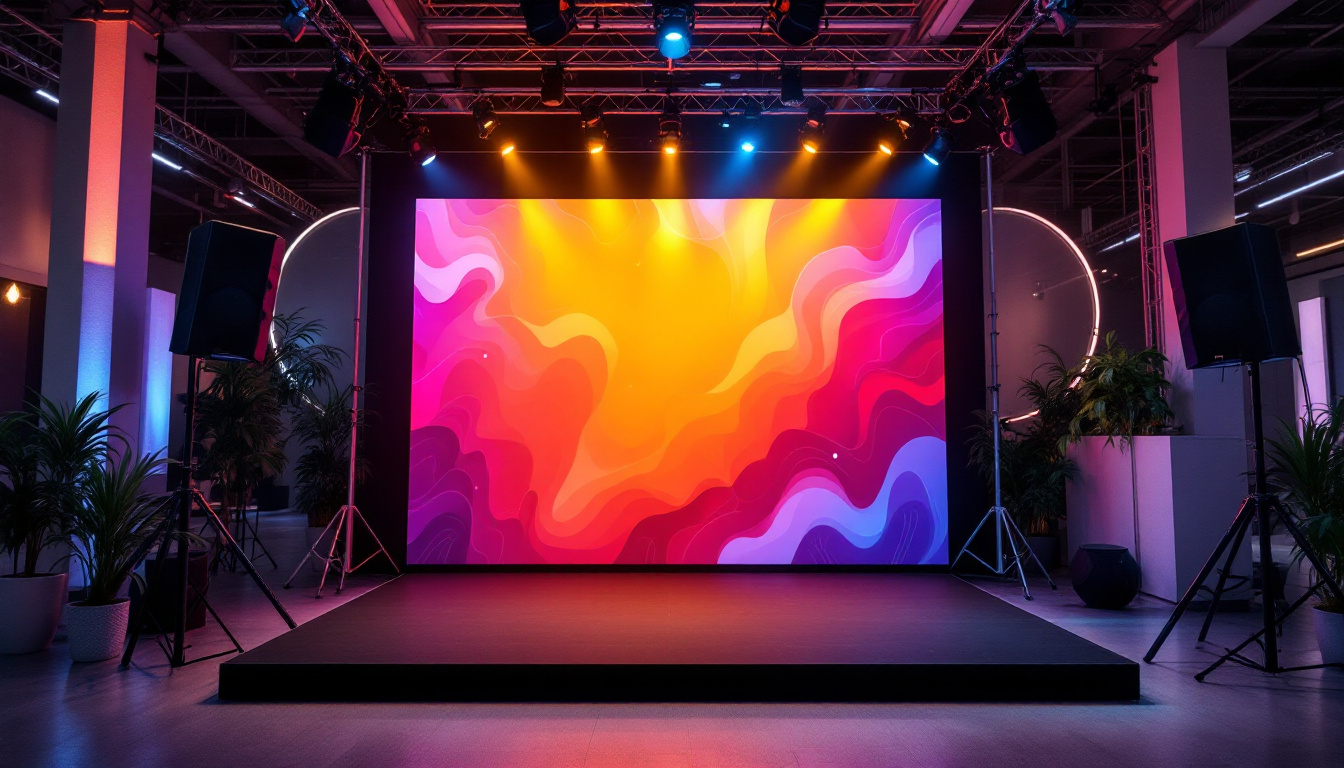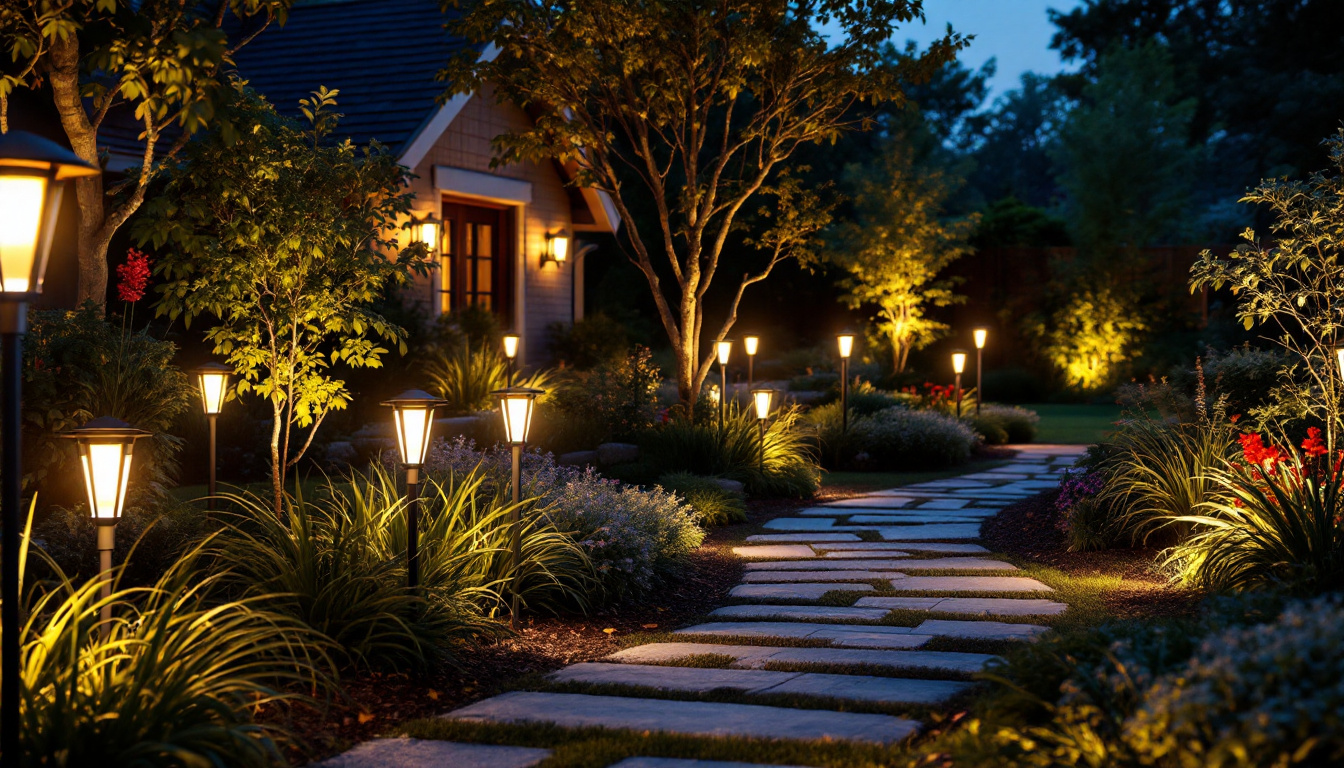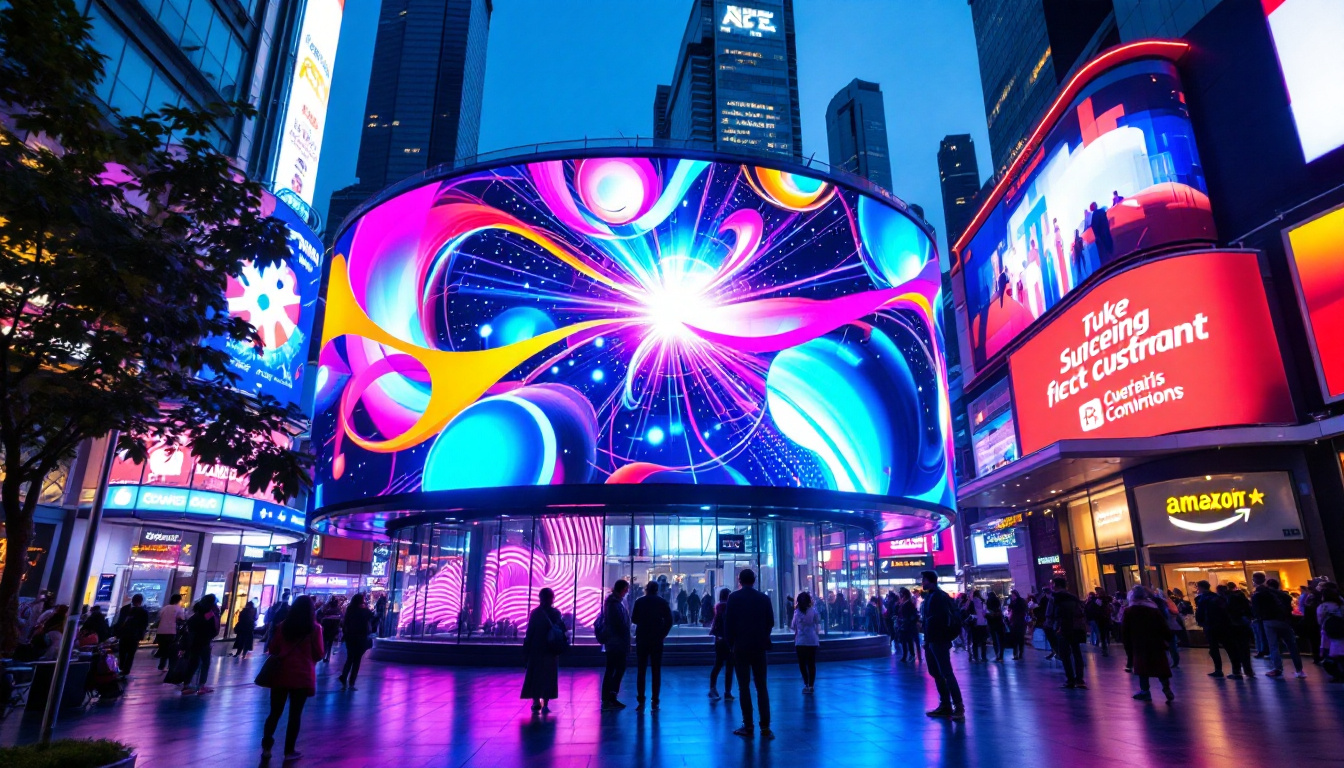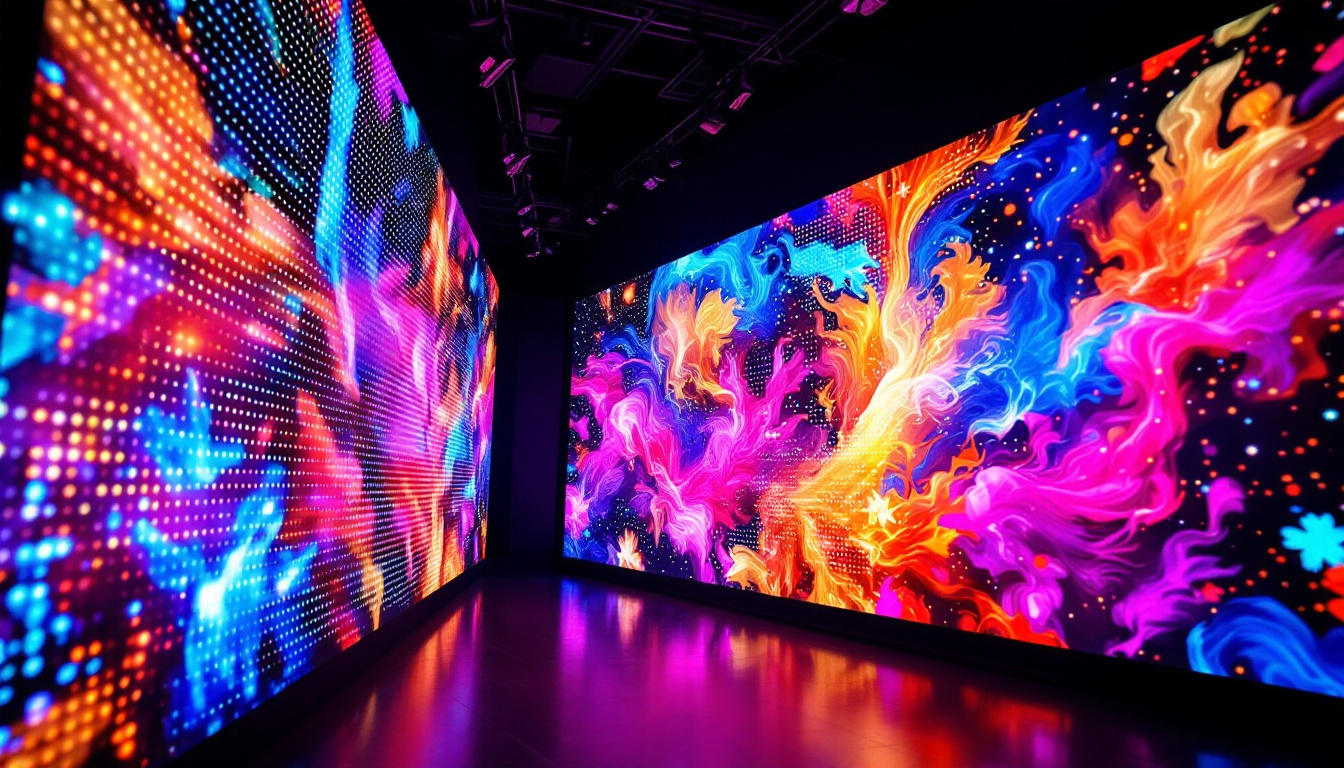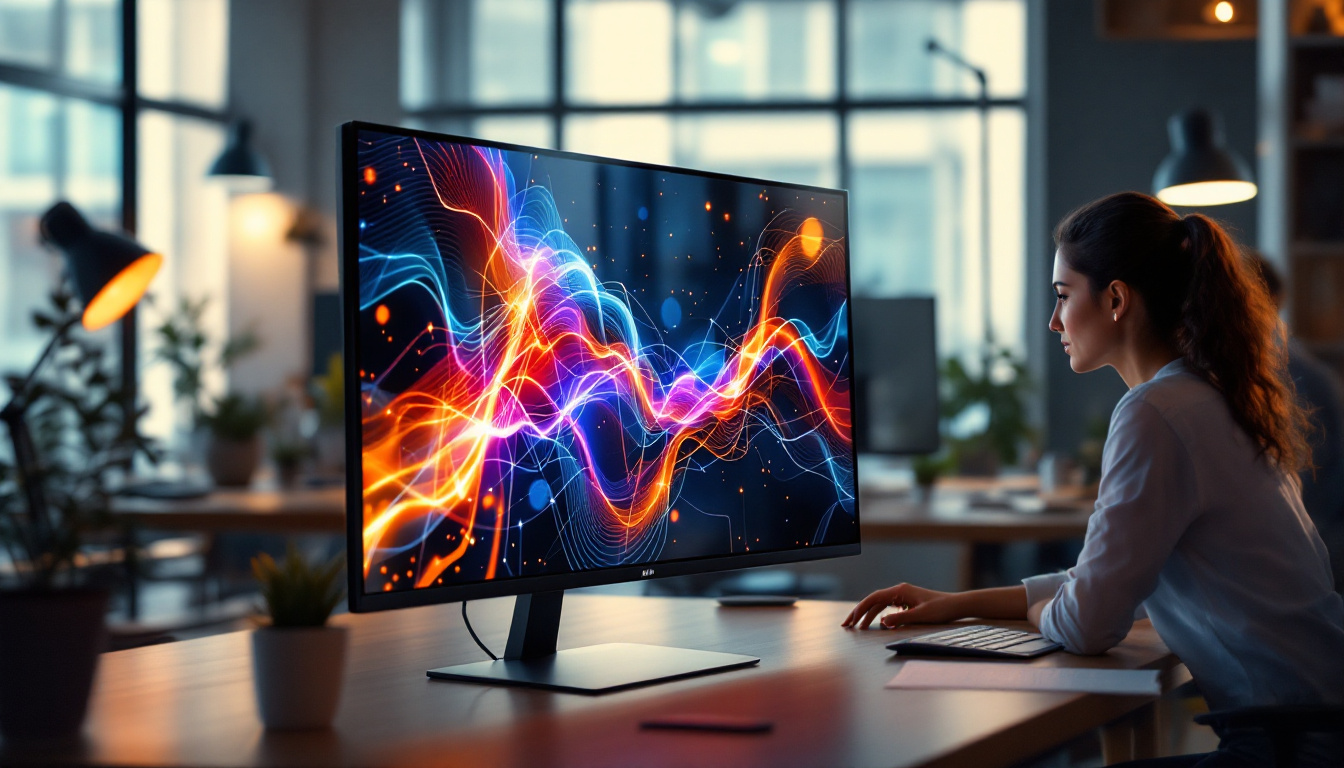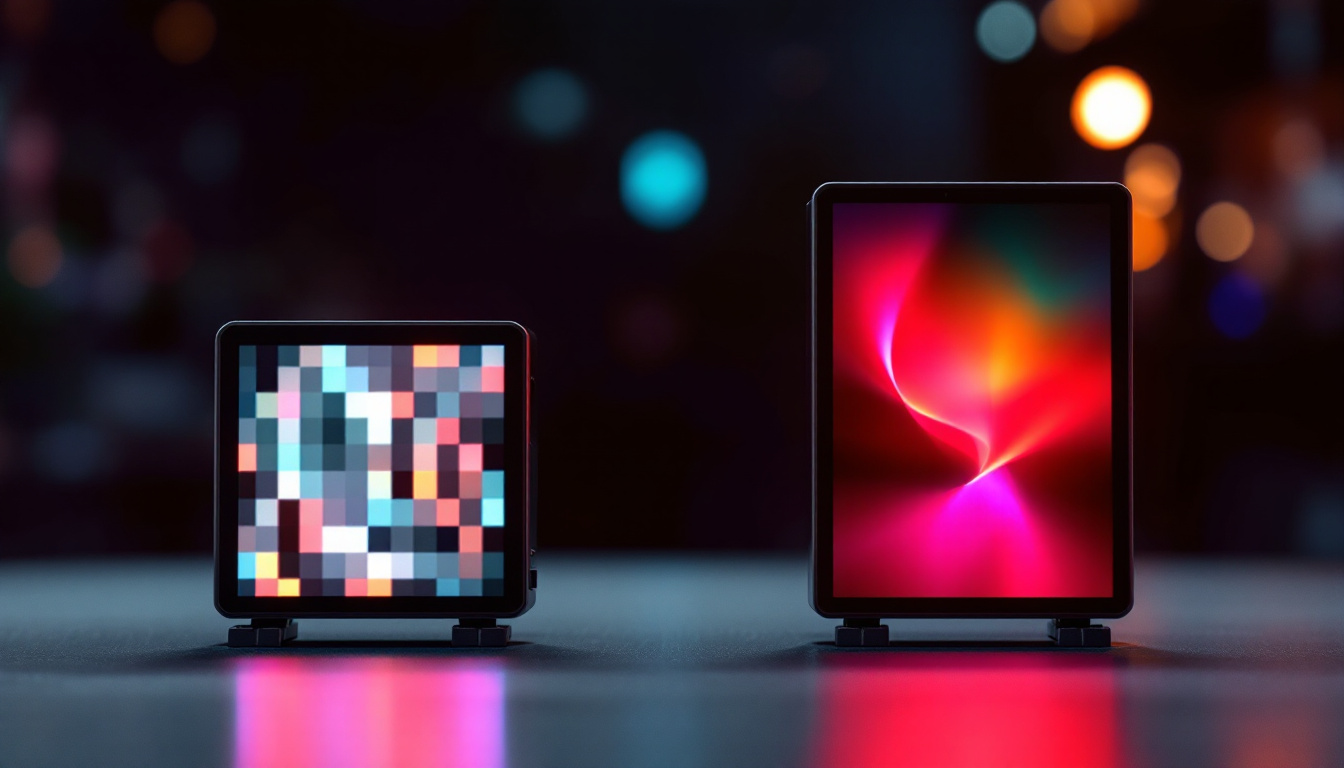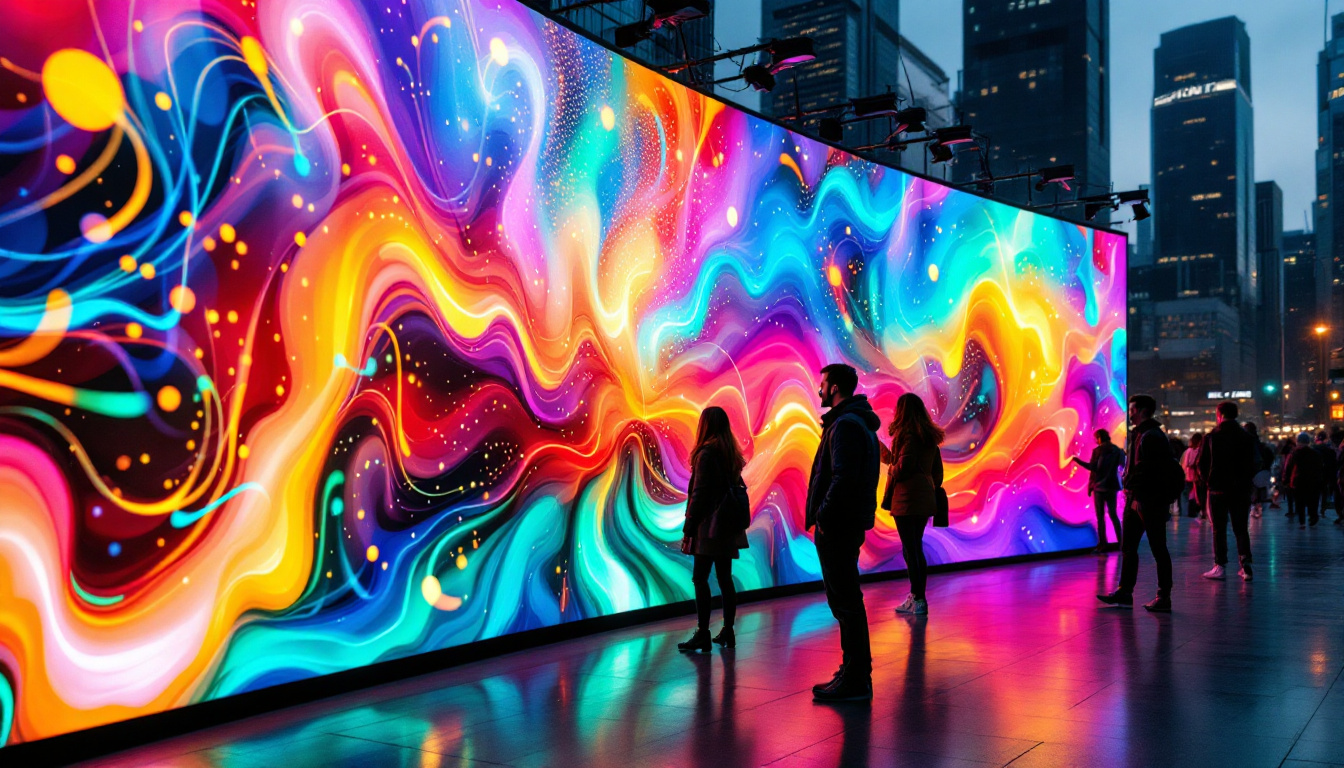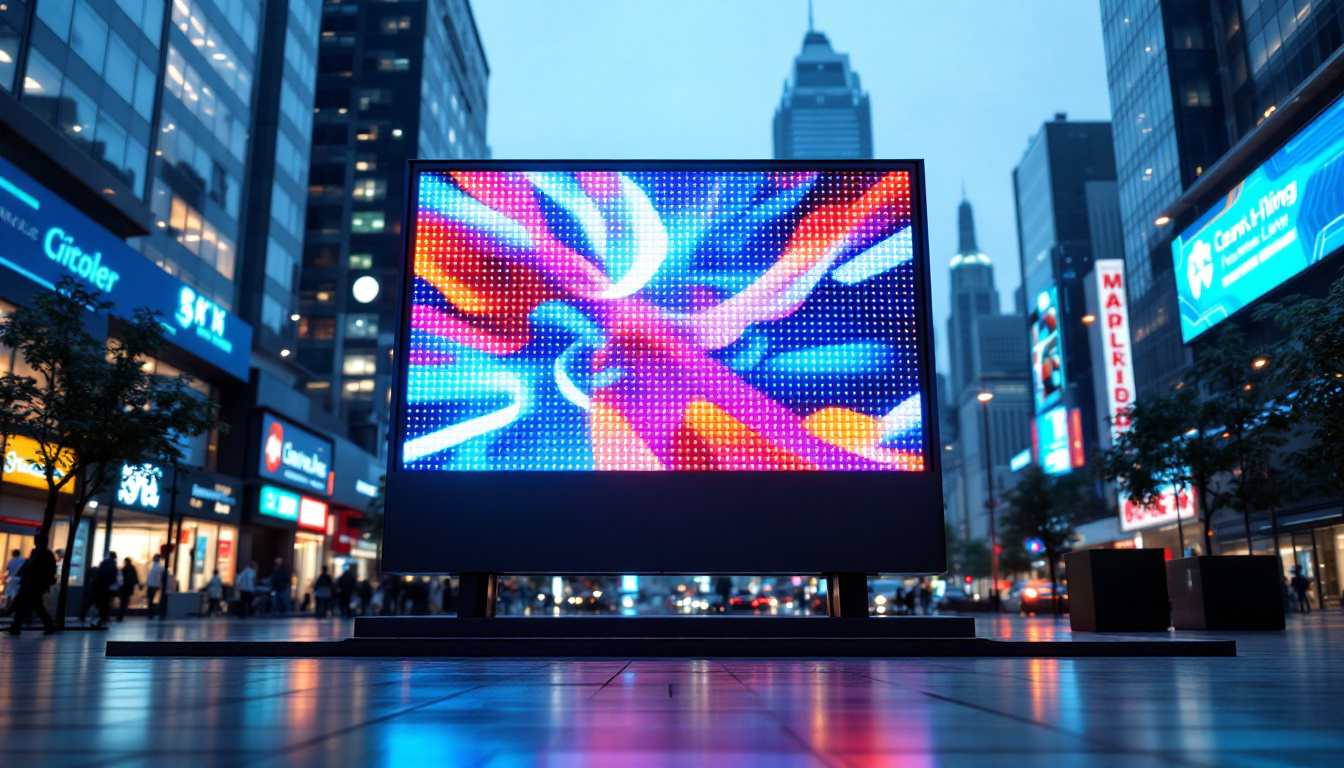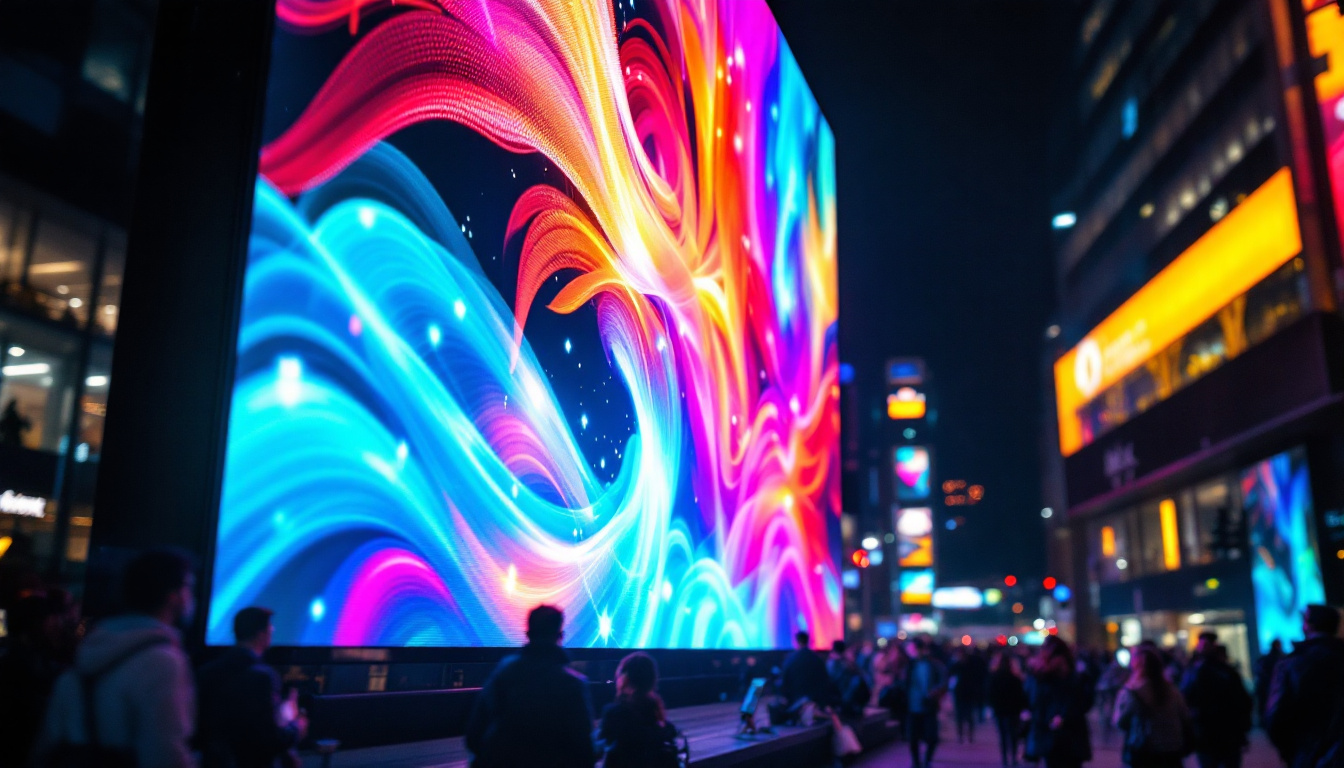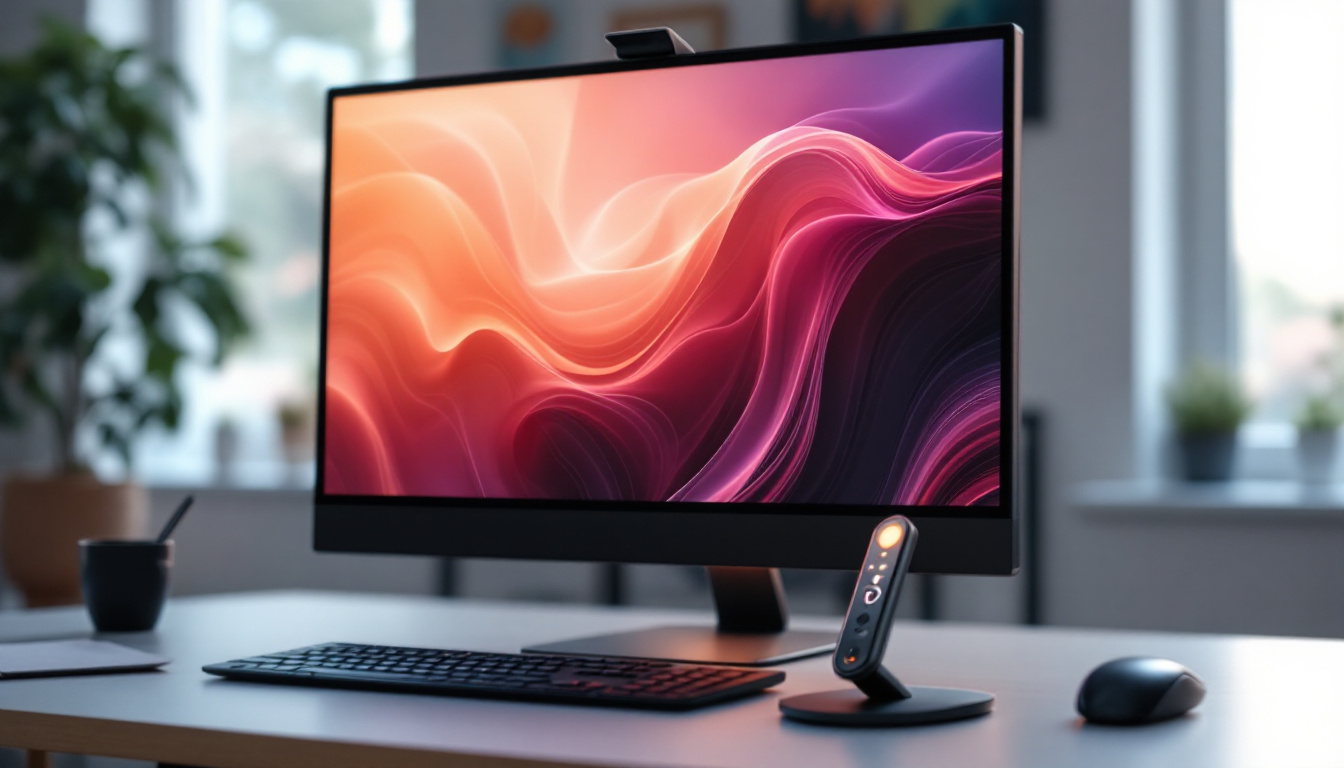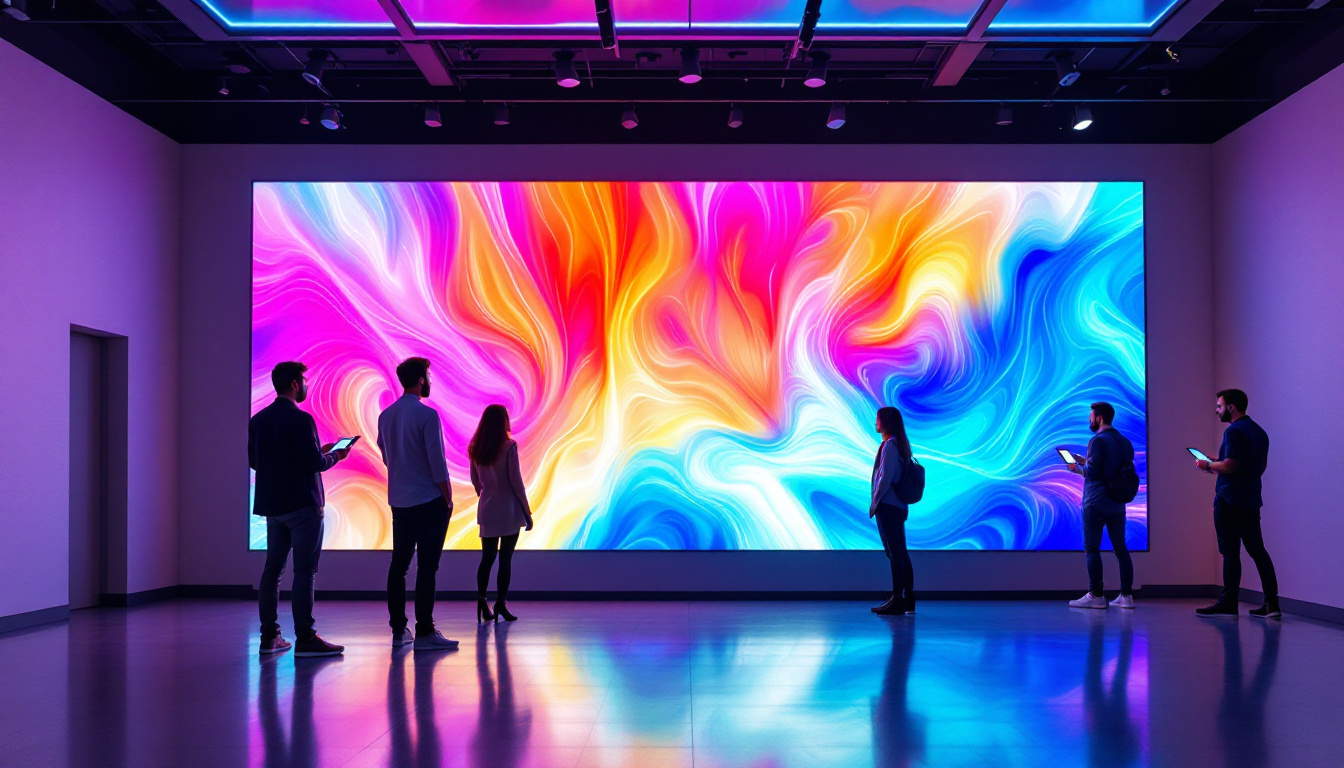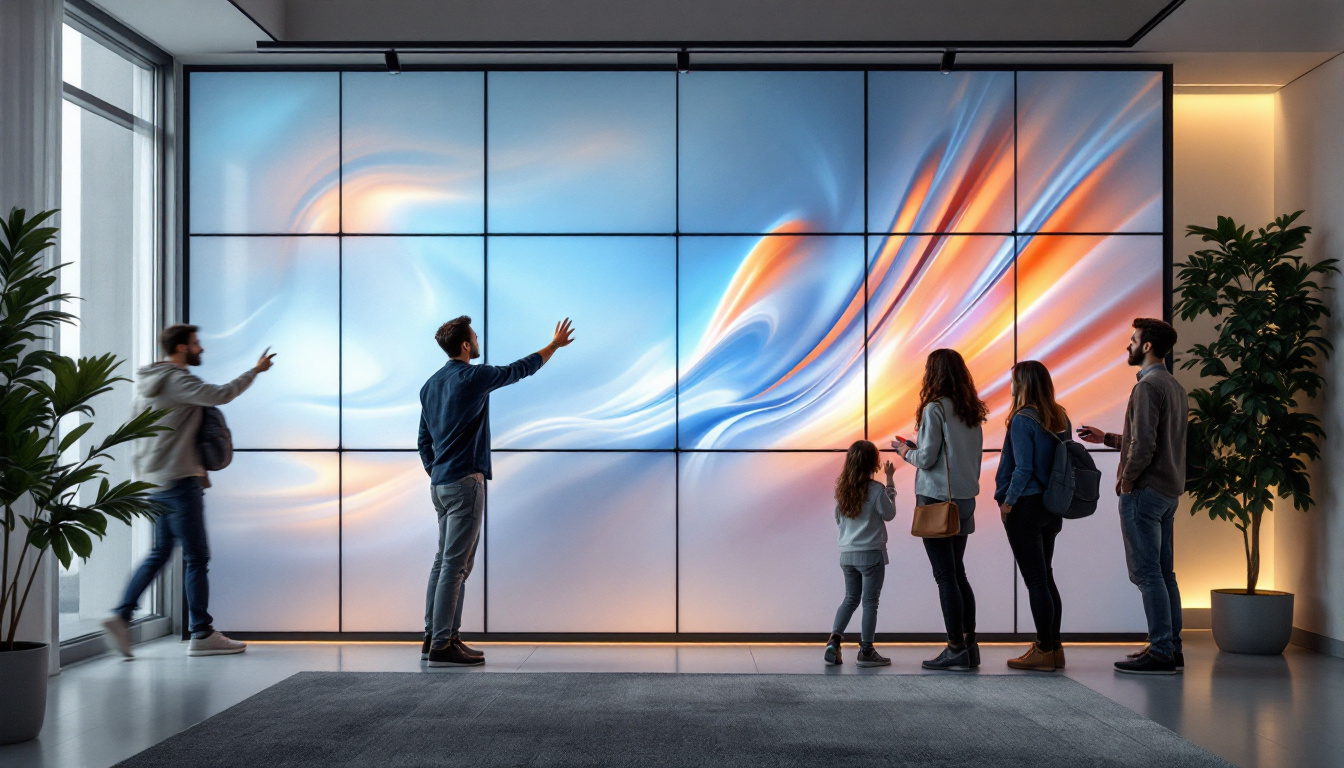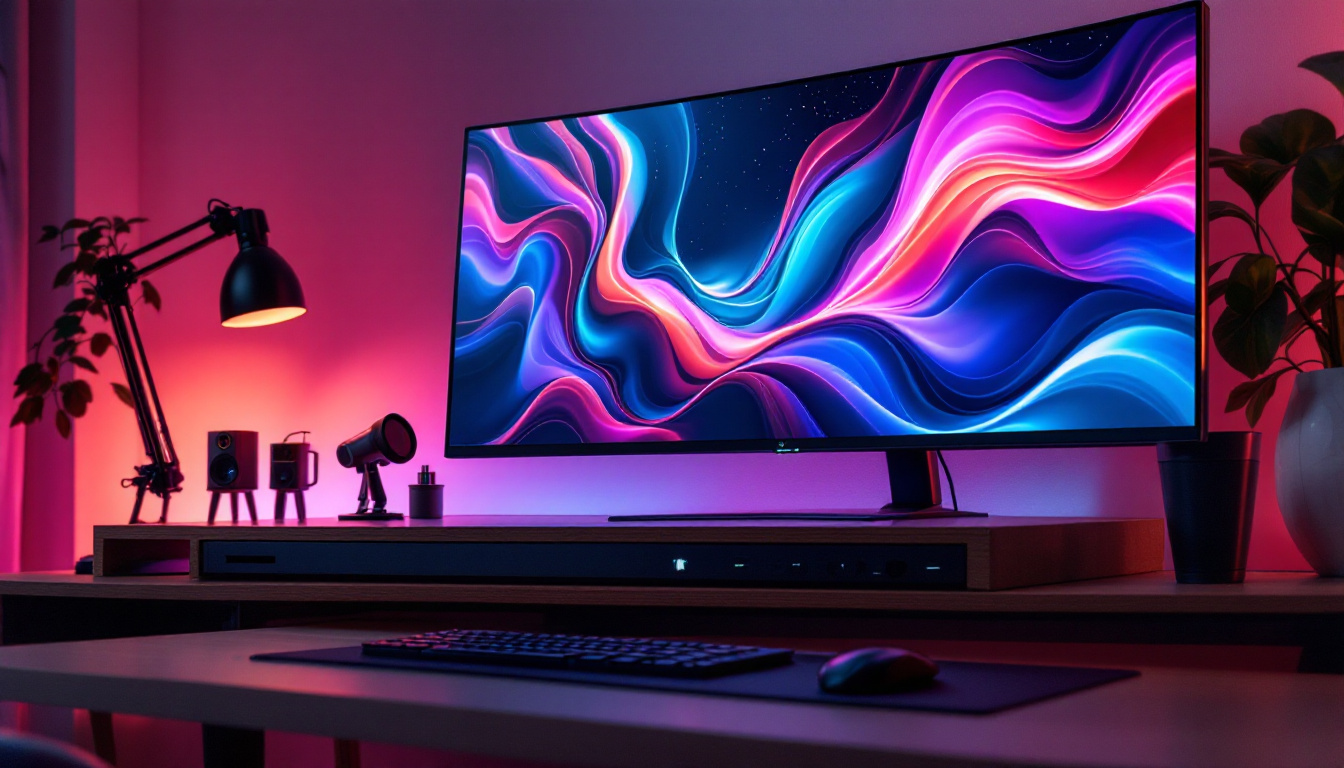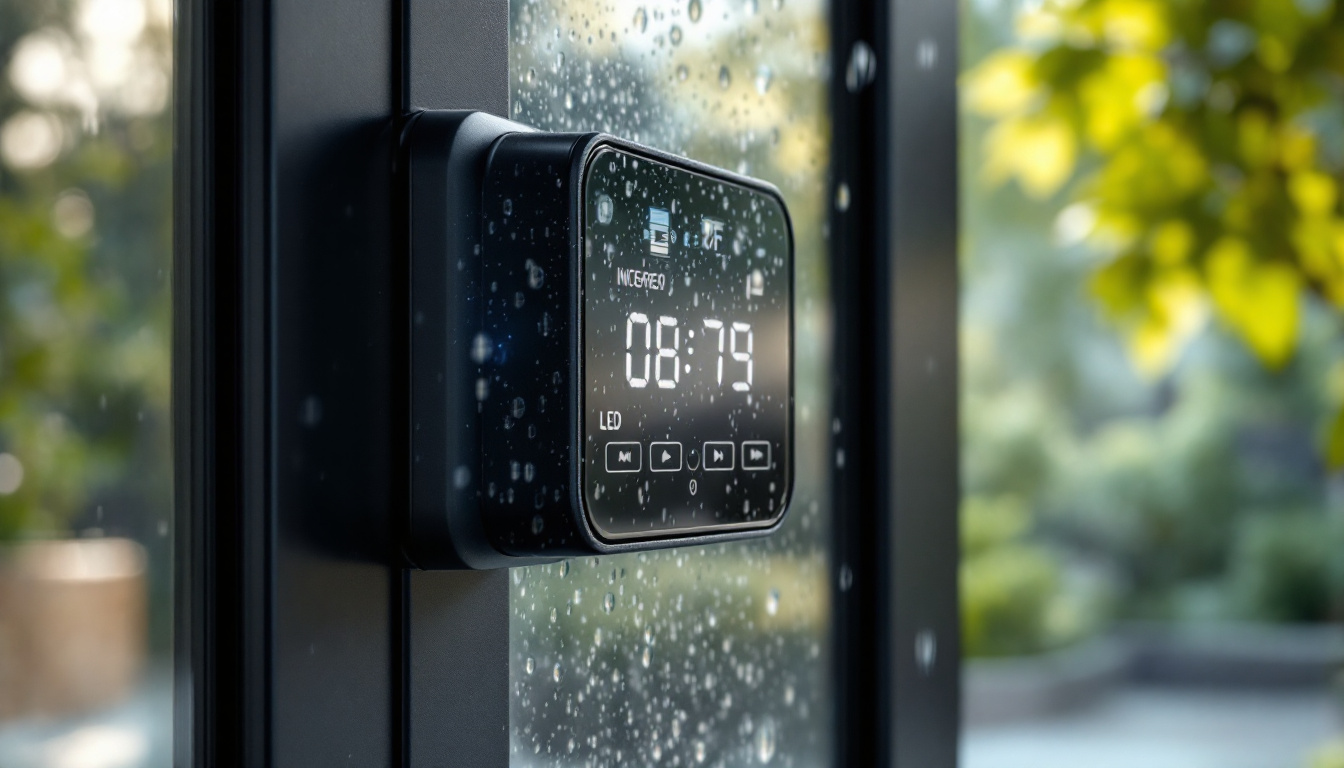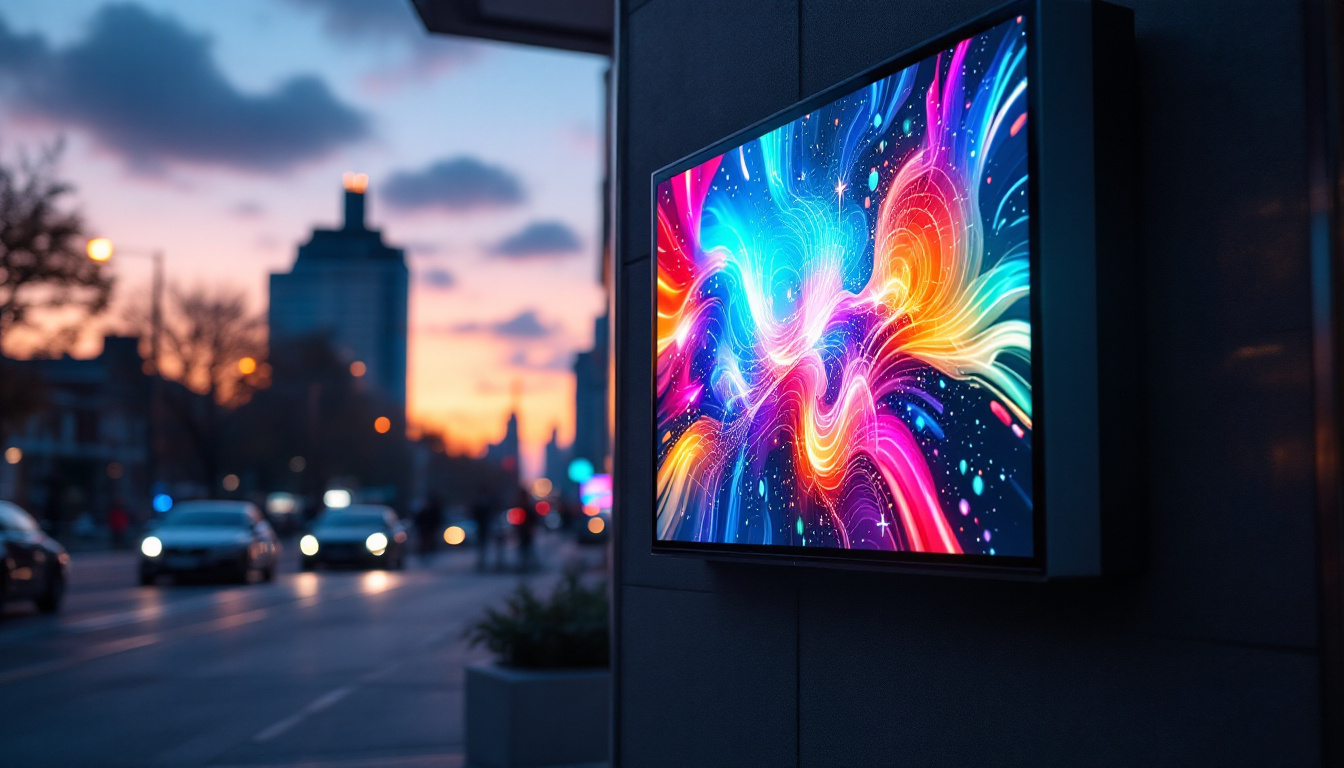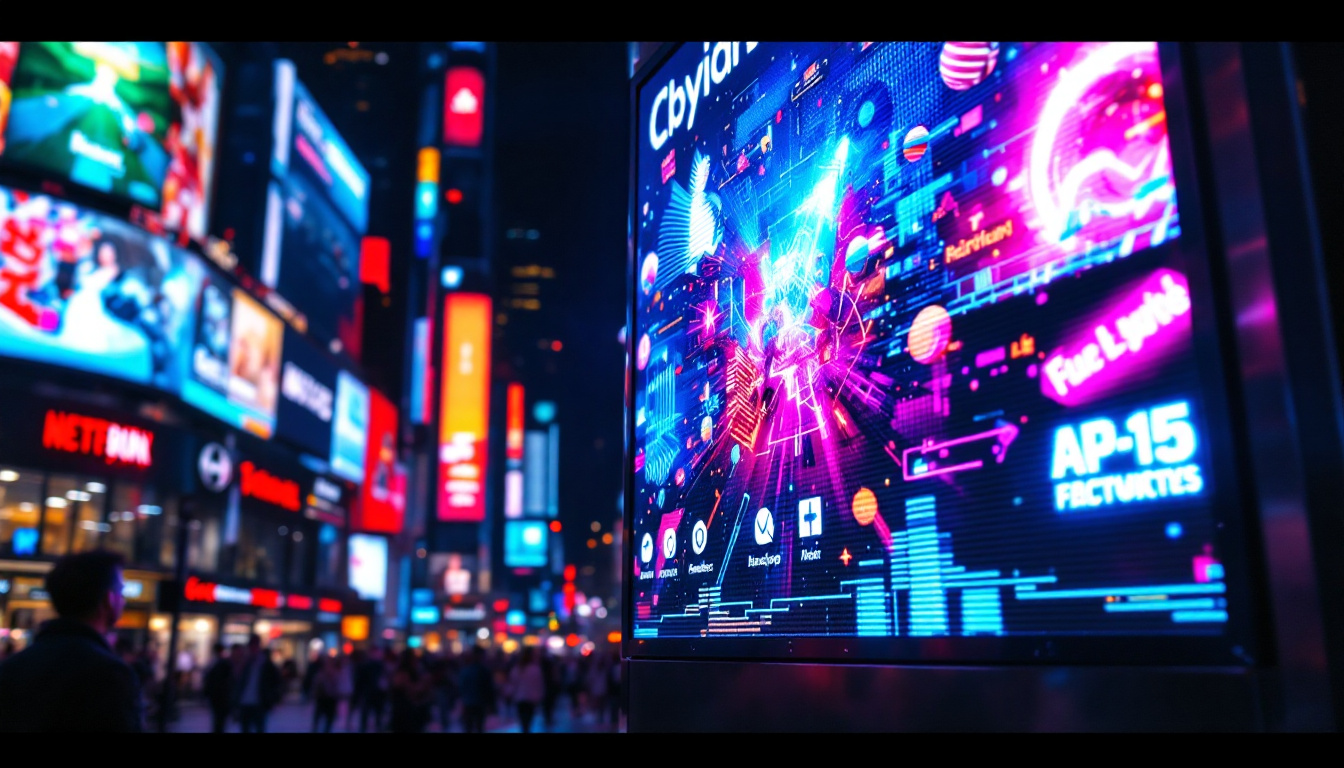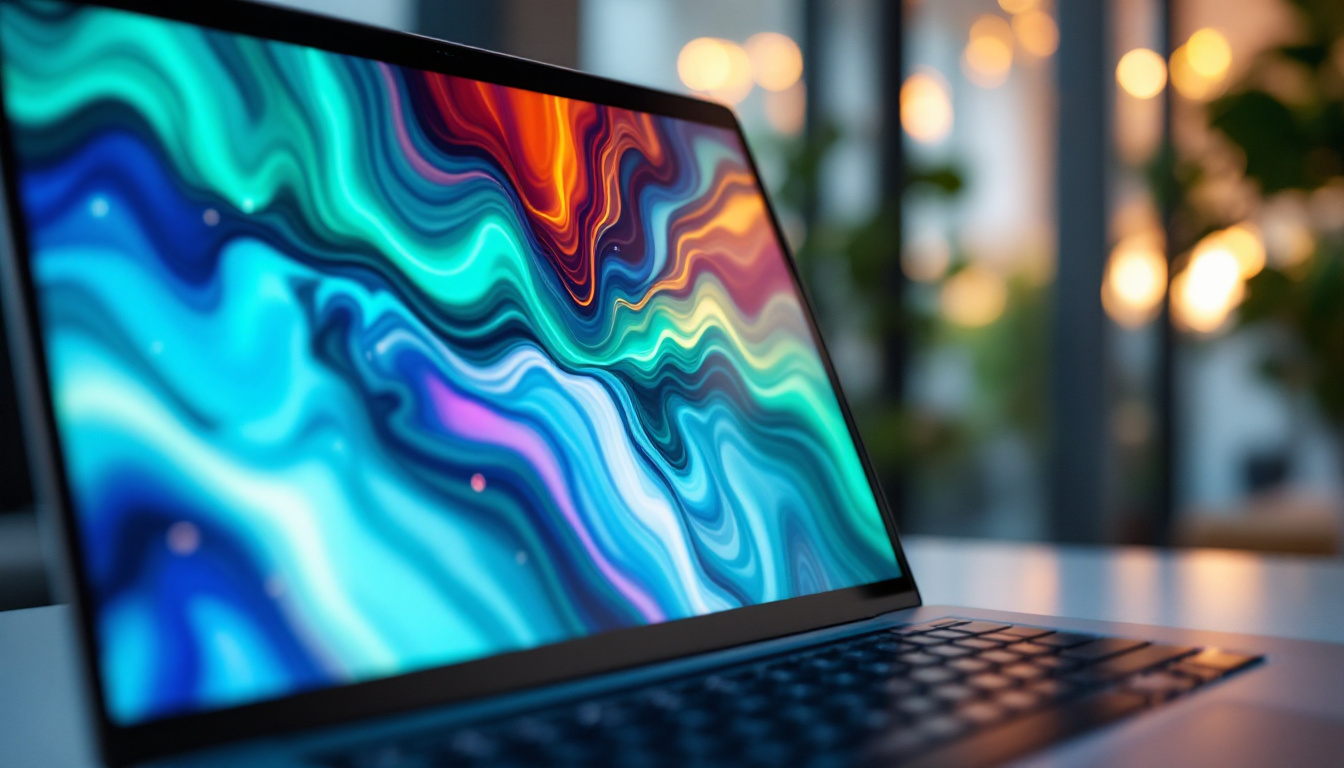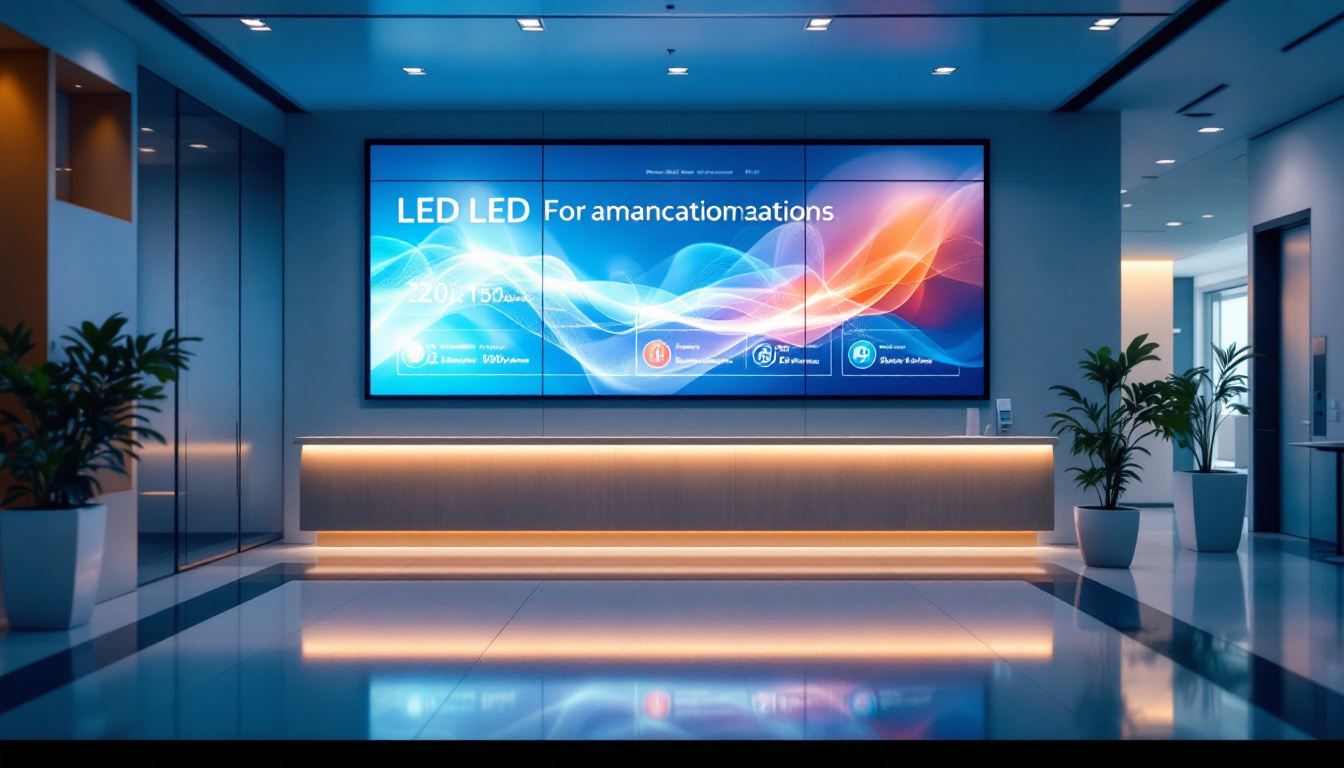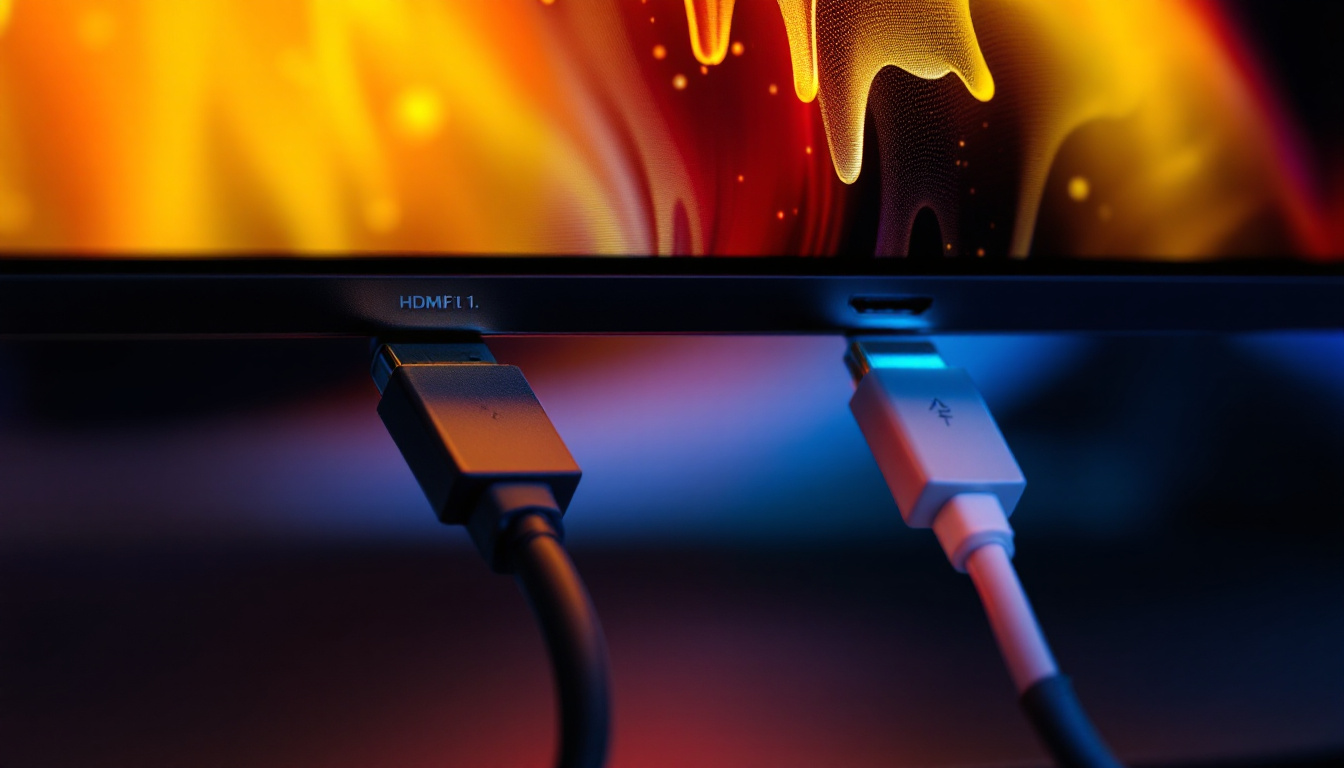In recent years, outdoor movie nights and presentations have surged in popularity, leading to a growing interest in portable projection screens. Among the various options available, LED displays have emerged as a favored choice for many enthusiasts. This article delves into the intricacies of outdoor portable projection screens, particularly focusing on LED technology and its benefits.
Understanding Outdoor Portable Projection Screens
Outdoor portable projection screens are designed to be lightweight, easy to set up, and transportable, making them ideal for various outdoor events. Whether for movie nights, sports events, or presentations, these screens provide a versatile solution for displaying visual content in open-air settings. Their adaptability allows users to create memorable experiences, transforming any outdoor space into a mini-theater or a professional presentation venue.
Types of Outdoor Projection Screens
When it comes to outdoor projection screens, several types are available, each catering to different needs and preferences. The most common types include inflatable screens, tripod screens, and fixed-frame screens. Inflatable screens are particularly popular for outdoor use due to their ease of setup and portability. They can be quickly inflated and deflated, making them perfect for spontaneous gatherings. Tripod screens, on the other hand, offer a more traditional setup and are often more durable, while fixed-frame screens provide a premium viewing experience but are less portable.
Inflatable screens often come with built-in fans that keep them inflated throughout the event, ensuring a stable and taut surface for projection. This feature is especially advantageous during windy conditions, as it prevents the screen from collapsing or swaying. Tripod screens, while more robust, can be adjusted in height, allowing for flexibility depending on the audience’s viewing angle. Fixed-frame screens, typically used in permanent setups, offer a sleek design that minimizes wrinkles and creases, enhancing the overall viewing experience.
Key Features to Consider
When selecting an outdoor portable projection screen, several features should be taken into account. The screen size is paramount; larger screens are better suited for bigger audiences. Additionally, the screen material plays a crucial role in image quality, with options ranging from matte white to high-gain materials that enhance brightness. The choice of material can significantly impact how well the screen performs in various lighting conditions, which is particularly important for outdoor events that may not have complete control over ambient light.
Portability is another vital feature. Look for screens that are lightweight and come with carrying cases for easy transport. Setup time is also essential; screens that can be assembled quickly are ideal for outdoor events where time may be limited. Furthermore, consider the screen’s stability features, such as stakes or weights, which can help secure the screen against wind and other outdoor elements, ensuring a smooth viewing experience without interruptions.
LED Technology in Projection Screens
LED technology has revolutionized the way images are displayed, offering several advantages over traditional projection methods. LED displays are known for their brightness, color accuracy, and energy efficiency, making them an excellent choice for outdoor settings. The vibrant colors and sharp contrast ratios provided by LED technology can significantly enhance the visual impact of movies, presentations, or sports broadcasts, making every detail pop even in daylight.
Unlike conventional projectors that rely on bulbs, LED screens utilize light-emitting diodes to produce images. This technology not only enhances the brightness and clarity of the visuals but also prolongs the lifespan of the display, reducing the need for frequent replacements. Additionally, LED screens tend to have lower power consumption, making them an environmentally friendly option for outdoor events. With advancements in LED technology, many screens now offer features like adjustable brightness settings, allowing users to optimize their viewing experience based on the time of day and surrounding light conditions.
The Advantages of LED Displays
LED displays offer numerous benefits, particularly when used in outdoor settings. Their superior brightness and clarity make them ideal for daytime use, where traditional projectors may struggle to deliver clear images.
Brightness and Clarity
One of the standout features of LED displays is their exceptional brightness. With the ability to produce vivid colors and sharp contrasts, LED screens ensure that images remain clear even in bright sunlight. This is particularly advantageous for outdoor events held during the day, where ambient light can wash out traditional projections.
Moreover, LED displays maintain their clarity at various viewing angles, allowing audiences to enjoy a consistent experience regardless of their position relative to the screen. This is a significant advantage for larger gatherings where viewers may be scattered across a wide area.
Energy Efficiency
Energy efficiency is another compelling reason to choose LED displays. Unlike traditional projectors that consume considerable power, LED screens are designed to use less energy while still delivering high-quality visuals. This not only reduces operational costs but also makes them a more environmentally friendly option.
Furthermore, the longevity of LED technology means that users can enjoy extended viewing times without the need for frequent replacements or maintenance, making them a cost-effective choice for outdoor events.
Versatility and Portability
LED displays are incredibly versatile, capable of displaying a variety of content types, from movies to presentations and live sports events. This adaptability makes them suitable for a wide range of outdoor activities, ensuring that users can maximize their investment.
Portability is also a key feature of many LED displays. Many models are designed to be lightweight and compact, allowing for easy transportation and setup. This is particularly beneficial for those who frequently host outdoor events, as it minimizes the hassle associated with transporting and assembling equipment.
Choosing the Right LED Display for Outdoor Use
Selecting the right LED display for outdoor use involves considering several factors, including size, resolution, and additional features. Understanding these elements can help ensure that the chosen display meets the specific needs of the event.
Screen Size and Resolution
The size of the LED display is crucial, as it directly impacts the viewing experience. For larger gatherings, a bigger screen is necessary to ensure that everyone can see the content clearly. Additionally, the resolution of the display should be considered; higher resolutions provide sharper images, enhancing the overall viewing experience.
For outdoor events, a resolution of at least 1080p is recommended, as it ensures that details remain crisp, even when viewed from a distance. This is particularly important for events where intricate visuals or text are involved.
Weather Resistance
Given that outdoor events are subject to unpredictable weather conditions, it is essential to choose an LED display that is weather-resistant. Many models are designed with protective features that allow them to withstand rain, wind, and other environmental factors.
Look for displays with an IP rating, which indicates their level of protection against dust and moisture. A higher IP rating signifies better durability, making it suitable for outdoor use.
Additional Features
When evaluating LED displays, consider any additional features that may enhance the viewing experience. Some models come equipped with built-in speakers, which can eliminate the need for external audio equipment. Others may offer connectivity options such as Bluetooth or Wi-Fi, allowing for easy streaming of content from various devices.
Additionally, some displays feature adjustable brightness settings, which can be beneficial for adapting to changing lighting conditions throughout the event.
Setting Up Your Outdoor LED Display
Setting up an outdoor LED display requires careful planning and execution to ensure a smooth experience. From choosing the right location to connecting the necessary equipment, each step is vital for achieving optimal results.
Choosing the Right Location
The location of the LED display plays a significant role in the overall success of the event. Selecting a flat, open area free from obstructions will help ensure that the audience has an unobstructed view of the screen. Additionally, consider the direction of the sun; positioning the screen away from direct sunlight can help enhance visibility.
It is also essential to consider the proximity to power sources, as most LED displays require electricity to function. Ensuring that power cords are safely secured and do not pose a tripping hazard is crucial for maintaining safety during the event.
Connecting the Necessary Equipment
Once the location is determined, the next step involves connecting the necessary equipment. This may include laptops, streaming devices, or media players, depending on the content to be displayed. Ensuring that all devices are compatible with the LED display is essential to avoid technical issues during the event.
It is advisable to conduct a test run before the event begins, allowing for any adjustments or troubleshooting to be made in advance. This preparation can help alleviate stress and ensure a seamless experience for both the host and the audience.
Ensuring Audience Comfort
Comfort is key when hosting outdoor events, especially those that may last for several hours. Providing seating options, such as blankets, chairs, or cushions, can enhance the audience’s viewing experience. Additionally, consider providing refreshments or snacks to keep attendees engaged and comfortable throughout the event.
Lighting is another factor to consider. As the sun sets, adequate lighting around the viewing area can help maintain safety and enhance the overall atmosphere of the event. String lights or lanterns can create a cozy ambiance while ensuring that pathways remain visible.
Conclusion
Outdoor portable projection screens, particularly those utilizing LED technology, have become a popular choice for various events. Their brightness, clarity, and energy efficiency make them ideal for outdoor use, while their versatility ensures that they can cater to a wide range of content types.
When selecting an LED display, it is essential to consider factors such as screen size, resolution, weather resistance, and additional features. Proper setup and planning can significantly enhance the viewing experience, ensuring that audiences enjoy a memorable event.
In an age where outdoor gatherings are increasingly common, investing in a quality outdoor portable projection screen can elevate any occasion, transforming it into an unforgettable experience for all involved.
Discover LumenMatrix LED Display Solutions
Ready to elevate your outdoor events with unparalleled brightness, clarity, and energy efficiency? LumenMatrix is at the forefront of LED display innovation, offering a diverse range of solutions tailored to your needs. From captivating Outdoor LED Wall Displays to dynamic LED Sports Displays and beyond, our technology is designed to create unforgettable visual experiences. Don’t just take our word for it; experience the difference yourself. Check out LumenMatrix LED Display Solutions today and transform your visual communication into something spectacular.

